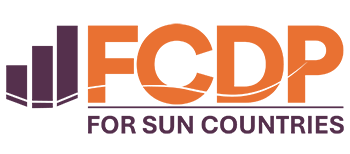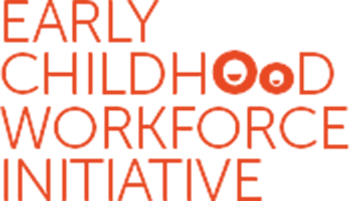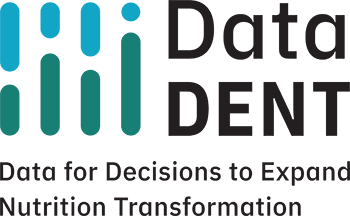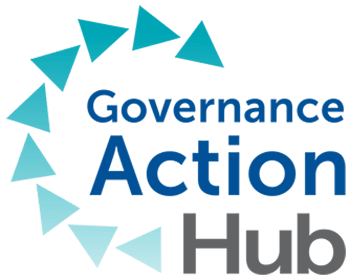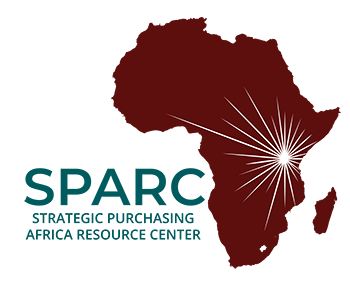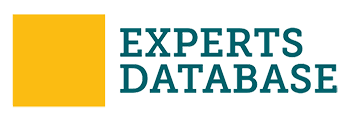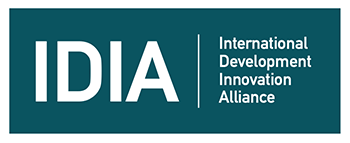3 strategies to integrate nutrition into large-scale investments, and how to track it
Editor’s note: This blog is the second installment in a series about the future of global nutrition financing. To read the previous installment, click here.
In the face of unprecedented cuts to foreign aid from the largest donors in the world, it was reinvigorating to see a record-setting $27 billion committed to nutrition at the Nutrition for Growth (N4G) summit in Paris earlier this year. The growing momentum among partners for nutrition integration is also promising.
Together with a coalition of more than 50 countries and organizations, the United Kingdom’s Foreign, Commonwealth and Development Office (FCDO) and Scaling Up Nutrition (SUN) Movement launched the Global Compact for Nutrition Integration at N4G. The Compact calls for partners to commit to integrating nutrition objectives and related activities into their work across different sectors and urges them to advocate for stronger policies and financing to keep nutrition at the heart of global action.
At Results for Development, we believe integration represents the future of nutrition financing. Integrating nutrition into large-scale investments is key to realizing the $27 billion promised to improve nutrition outcomes around the world.
Here we tackle two important questions:
- How can governments and development partners achieve this?
- How can we track progress toward the Compact’s goals?
Government and development partners can use existing tools and resources to strategically integrate nutrition into large-scale investments across relevant sectors. There is ample opportunity to leverage existing investments across sectors like health, agriculture, water, sanitation and hygiene (WASH), social protection, and climate to improve nutrition outcomes if they are designed with those outcomes in mind. To realize this opportunity, partners can:
1. Consider nutrition activities early in investment design.
Nutrition integration requires proactive consideration of if and where nutrition activities may fit within the investment. This requires investment officers to be trained to identify context-specific nutrition opportunities. For example, can an agriculture investment to improve crop production bolster production of the most nutritious crops in the community? It is critical to have someone in the room with the expertise to identify context-specific nutrition activities that could bolster the investment’s goals with the additional health and livelihood benefits that nutrition brings.
Resources to understand how nutrition activities can be integrated into an investment are available. The MCC Nutrition Investment Toolkit articulates evidence-based nutrition-smart activities in agriculture, health, WASH, education and workforce development. The 2024 Global Investment Framework for Nutrition outlines priority nutrition activities in health, social protection, agriculture, WASH and education and summarizes evidence and implications for activity scale-up. These resources can guide program designers to identify the nutrition activities that can optimize their investment impact while still pursuing its initial core goals.
For example, agriculture investments could be designed to explicitly include:
- Nutrition education and home gardening to promote consumption of safe and nutritious foods as part of healthy diets
- Increased production of nutritious foods in the market through strengthened market linkages, including farmer/producer access to resources (e.g., seeds, tools, access to financing)
- Large-scale food fortification of staples (like wheat, flour, rice and salt)
- Value chain investments, including targeted cold chain, to add and preserve nutrients in processed and/or packaged food products
- Gender equity and women’s empowerment in agriculture and household decision-making to promote healthy diets
2. Include evidence-based nutrition objectives, outcomes and indicators in investment design.
Investments can integrate nutrition by including explicit objectives for nutrition and healthy diets which incentivize officers to concretely plan activities as well as indicators and outcomes to track progress. Without all of these elements, the nutrition goal may not translate into the monitoring and evaluation plan and be lost in implementation.
This FAO eLearning course can help program designers avoid this pitfall, identifying nutrition-relevant inputs, outputs and outcomes along the investment’s theory of change. This supports program designers to translate those nutrition goals and activities to traceable and trackable outputs, outcomes and results. The course also teaches users to identify critical entry points for nutritious actions in agrifood system investments to improve availability, accessibility, affordability and consumption of nutritious foods, and this FAO checklist guides program staff to design nutrition-sensitive agriculture investments.
3. Evaluate the investment’s nutrition impact to build the evidence base for continued integration.
Evaluating the impact of your nutrition-smart investment is critical to develop the evidence base to support continued integration and advocate for increased resources. Investment officers face competing priorities for financial resources and project focus, and often a lack of supporting evidence to make the case for nutrition as a co-benefit. Conducting economic evaluations of these nutrition activities can help make the case for investing in nutrition, and evaluating the costs and benefits they bring will strengthen the evidence base for future nutrition-smart investment design. The investment should be designed from the outset with this evaluation in mind to develop the necessary monitoring and accountability elements, and to ensure budget to carry it out.
The MCC Nutrition Investment Toolkit guides experts to conduct benefit-cost analyses to estimate the full impact of nutrition interventions on desired outcomes. The SEEMS-Nutrition Common Approach Guidance Document provides a how-to guide to conduct economic evaluations to assess the costs and cost-effectiveness of nutrition-sensitive interventions within multi-sectoral programs.
Moving forward, as donors accelerate nutrition integration, it is critical to monitor progress toward achieving Compact goals.
The ability to track and monitor action against these commitments is critical to measuring progress, holding commitment-makers accountable, and ultimately making large-scale investments more nutrition-smart in the long term. Since 2017, R4D has helped the nutrition community track and understand nutrition funding by analyzing donor funding for nutrition across sectors to understand trends and critical gaps in funding, and by supporting the SUN Donor Network on nutrition tracking across sectors.
See the suite of resources R4D developed with the SUN Donor Network to support donors to use the NPM.
Donors can use the OECD Nutrition Policy Marker (NPM) to track progress in nutrition integration, which is used by many donors. The NPM is a qualitative tool that improves the identification, reporting, and monitoring of nutrition activities within any sector in the OECD Creditor Reporting System, beyond just health.
It tracks investments with a nutrition objective and uses a scale of 0-2 to indicate the level of nutrition integration within the project:
- NPM 2 for investments with a principal nutrition objective
- NPM 1 for investments with a significant nutrition objective
- NPM 0 if nutrition is not included at all
When used consistently, the NPM helps donors integrate nutrition by identifying opportunities to include objectives during program design when the NPM score is given and enables partners to track financing for projects with nutrition objectives. This is the only standardized tool capable of identifying investments that include nutrition and can be used to report financial values or the number or share of projects that have nutrition integrated across sectors.
Severe cuts to foreign assistance, like those we face now, remind us of the urgent need to continuously do more with less. Failing to use the rich available databases and reporting tools like the NPM to promote tracking and accountability is a missed opportunity to do just that.
R4D stands ready to support partners in this critical work, and we’d love to hear from you:
- How is your organization approaching nutrition integration in investments?
- Do you have any lessons, tools, or resources to share to help other organizations do it too?
- What is your experience with the NPM and what it can offer for tracking and accountability?
Learn more about our work supporting governments to unlock domestic nutrition financing by integrating nutrition across sector opportunities via the Finance Capacity Development Platform (FCDP) for SUN Countries.






